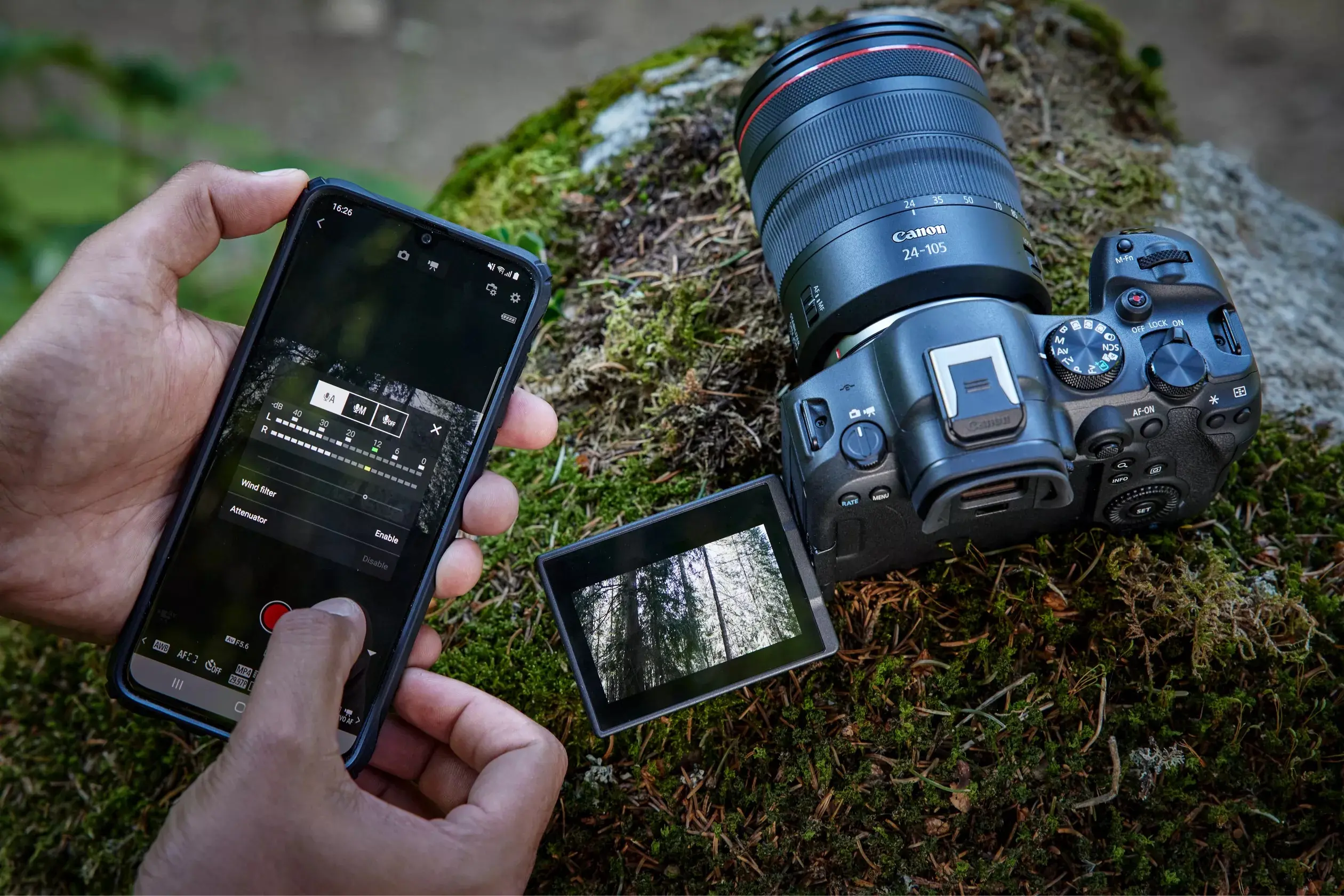
For the photographer on the go, mirrorless cameras are the perfect way to achieve print-quality photos with a smaller camera body. Popular with both hobbyists and professionals, these compact cameras boast impressively large image sensors despite their size. With sharp, fast autofocus capabilities (even while recording video) and a higher-than-average build quality, mirrorless cameras may pleasantly surprise you if you’ve never shot with one before.
Table of Contents
- How are mirrorless cameras different from other types of cameras?
- Top brands of mirrorless cameras
- Features to look for in a mirrorless camera
- What lenses can you use with a mirrorless camera?
- What camera accessories do you need for a new camera?
How are mirrorless cameras different from other types of cameras?
To understand what makes a mirrorless camera so unique, you have to first understand how a DSLR (digital single lens reflex camera) works. DSLRs, which are the “standard” professional camera, contain an internal reflex mirror that bounces an image through the lens up through a pentaprism and into the viewfinder, which is the piece of glass that you use to see and frame your photograph. This mirror sits in front of the camera’s sensor. So, when you’re framing your photo, the image is being redirected to your eye. When you take your photo, the mirror is pulled out of the way. You lose sight of the image momentarily (visually, it’ll look like your viewfinder “blinks” or goes dark for a moment) as the mirror is pulled out of the way and the sensor behind it captures the image.
Mirrorless cameras don’t contain a reflex mirror. Instead, in a mirrorless camera, light passes directly through the lens to the sensor. Then, the camera simply provides a live display of the sensor image on either its rear digital screen or its digital viewfinder.
Why choose a mirrorless digital camera vs a DSLR?
Because the image in a mirrorless camera body goes directly to the camera’s sensor, mirrorless cameras have the option of being significantly smaller than DSLRs—despite having similarly large, detailed sensors. That means the camera itself can be smaller and lighter and can be built to feel more solid in smaller hands. There are other functional benefits to eliminating the mirror in a camera body, too; mirrorless models are quieter (which can be important for filming video), quicker to focus and shoot, and may produce a higher-quality image as the mirror reflex cannot cause micro-vibrations as the image is captured. Because of this, many professionals are switching to mirrorless digital cameras—especially if they shoot a lot on-location or record a large amount of video content.
DSLRs, on the other hand, still make up the majority of the professional camera market. That means you’re likely to have more options for camera accessories like interchangeable lenses, bags, and battery grips. If you’ve already been taking photos for years on a DSLR, it may be expensive to switch all of your lenses over to a new system. The digital viewfinder of a mirrorless camera body can also pose an issue for some; while it gives you a more accurate view of your result, it uses energy and has a slight visual delay. Mechanically, DSLRs are slower than their mirrorless counterparts but their optical viewfinder conserves battery life and never has digital lag time.
While mirrorless models hold their own out in the field, some professional photographers still choose DSLR cameras over mirrorless options because of client perception. Because they dominated the photography industry for so long, DSLRs are what some clients expect to see photographers carrying. So, new photographers may opt for the bulkier model despite there being no difference in image quality.
Top brands of mirrorless cameras
Best Buy carries a robust selection of mirrorless camera kits and camera bodies. The best-selling brands you’ll find include:
Sony: Sony is known for its full-frame mirrorless A7 (ILCE-7) series, which are a cult-followed favourite among professional videographers and photographers. Sony also offers high-end consumer-grade mirrorless cameras with their smaller APS-C sensor (ILCE-6000 series and NEX series).
Canon: Canon’s mirrorless cameras in their EOS R System are compatible with their RF lenses as well as their EF and EF-S lenses using an EF-EOS R mount adapter, making Canon’s mirrorless line a top choice for longtime Canon users switching over to a mirrorless system. In almost all cases, Canon EOS R cameras with single-digit models are pro cameras with full frame sensors, while double-digit Canon EOS R cameras and all Canon EOS M cameras have APS-C sensors.
Nikon: Nikon’s mirrorless Z range bridges a wide spectrum of entry-level hobby cameras and high-end professional cameras that focus on quick, dual-processed image writing. Nikon’s DX format has a cropped APS-C sensor while their FX format is full-frame. FX and DX lenses are interchangeable with modified results.
Fujifilm: Offering exceptional build quality and grip feel, the Fujifilm X line of mirrorless cameras has a classically retro look with excellent digital results. These cameras have APS-C sensors and are not currently offered in a full-frame format.
Panasonic: A popular choice at the entry level, the Panasonic LUMIX G line (also referred to as the DMC or DC-G lines) are mirrorless camera bodies with micro four thirds sensors intended for photographic and vlogging use. Pansonic’s LUMIX S line (also referred to as the DC-S line) features a mirrorless full-frame sensor and an L-mount lens system.
| Brand | Cropped sensor | Full-frame sensor |
| Sony | ILCE-6000 series (APS-C) | ILCE-7 series |
| Canon | EOS RXX, EOS M (both APS-C) | EOS RX |
| Nikon | DX (APS-C) | FX |
| Fujifilm | All APS-C | None |
| Panasonic | LUMIX G (micro four thirds) | LUMIX S |
Features to look for in a mirrorless camera
There’s a broad range of mirrorless cameras available on the market today, and their pricing is largely determined by each camera’s features. Entry-level cameras designed with smaller sensors are typically more compact and affordable, while more expensive camera bodies will come with full-frame sensors and improved frame rates for features like video.
When shopping for a new camera of any type, figure out first what you need out of your camera. Are you a hobby photographer looking for a convenient way to capture vacation snaps? If so, you might want one of those smaller, lighter models. They’ll be able to capture beautiful, high-quality images, but they just may not have as much to offer in terms of image size. For this type of camera, consider features like an APS-C or micro four thirds sensor, auto face detection, and a lighter camera body by weight.
On the other hand, are you a professional looking to upgrade to a mirrorless kit camera? In that case, you may want a heavier camera body to offset the weight of your lenses. Look for models with a full-frame sensor, a hybrid autofocus system, a longer 4K recording time limit, and low-light image stabilization.
What lenses can you use with a mirrorless camera?
Like with traditional DSLR cameras, not all mirrorless lenses fit every mirrorless camera mount. You’ll need to check for compatibility between each of the lenses and cameras you’re looking at. For the most seamless fit, use a lens that’s made for the specific line that your camera belongs to; to use a different lens on your camera, check online to see if a mount adapter can be added.
Can I use full-frame, micro four-thirds, and APS-C lenses interchangeably?
Yes—and no. It depends on your camera system and lens mount. Lenses with the same mount system or a compatible mount system can be used interchangeably, but full-frame and cropped sensor lenses will perform differently on different camera types.
Mirrorless cameras with APS-C sensors have a smaller sensor area than full-frame cameras, and micro four thirds sensors are slightly smaller than APS-C ones. However, the distance within the camera body from the lens to the sensor is fixed. What this means is that full-frame lenses will produce cropped images on smaller sensors due to the sensor size, and lenses made for cropped sensors will produce cropped images on larger sensors due to the lens’ angle of view.
For instance, if you use a Sony FE lens (full-frame E-mount lens) on a Sony Alpha camera with an APS-C sensor, you’ll capture a smaller image at the same distance compared to using a Sony FE lens on a Sony full-frame A7 camera. Conversely, if you use an APS-C lens on a full-frame camera, such as a Sony E lens on a full-frame A7, the camera will auto-record in APS-C size based on the information it’s getting from the lens.
In other words, you can use your lenses interchangeably within their mount system, but the size of your image may be cropped. As in any camera system (mirrorless or otherwise), you cannot interchange lenses outside of their mount system without an adapter, and in some cases at all.
How to choose the right lenses for your new camera
Choosing new lenses for an interchangeable-lens camera is such a treat. You’ll get to choose from lenses with different apertures, focal lengths, and minimum focusing distances, then (if you want to get fancy) select a model based on glass quality and build.
When choosing a new lens for your mirrorless camera, consider the environment that you want to use it in. Are you looking for the fastest, sharpest results possible for a professionally staged event? In that case, maybe you want to invest in a high-quality prime lens with Zeiss glass. For the basics, perhaps you want an all-’rounder, with a generous zoom range. Or, if you’re looking for a lens to take on holiday with you, size may be your top concern: A pancake lens somewhere between 20mm and 50mm will be your best friend.
Mirrorless camera lenses work just the same way as DSLR camera lenses, so use the lens knowledge you already have to make your selections. You can check out Best Buy’s Camera Lens Buying Guide for more guidance along the way.
What camera accessories do you need for a new camera?
Whether you’re going with a mirrorless or DSLR camera body, buying a new camera often means stocking a new kit, too. There are a few standard camera accessories that are sure to make any photographer’s shoot day a little easier.
The first: A spare camera battery (or three)! Mirrorless cameras have a higher power usage than DSLRs, so extra batteries are essential if you’re used to the energy consumption of a DSLR. You’ll likely find that you have to swap your battery out slightly sooner than expected, especially if you’re composing your shots on your back LCD instead of the smaller viewfinder scree. For a full shoot day, a battery grip could be your new best friend.
In addition to spare batteries, you can take a little worry off your shoulders with an extra memory card. Some full-frame mirrorless cameras have two active memory card slots built in, so check for that feature if it’s something you need. A polarized lens filter or UV lens filter is also a great idea: Even if you don’t functionally need a lens filter for your shooting style, they’re a budget-friendly way to add extra protection to your expensive lenses.
One final thing to consider is a new, padded camera bag. Mirror camera bodies are often so much smaller than DSLRs that you may need a slightly different bag, or to re-pack the customizable cushioning in your current bag so that your new camera and lenses are well-cushioned in the event of a fall.

Take the next step
If you’re ready to make the switch to a mirrorless camera system, take the next step by exploring mirrorless cameras at Best Buy. These compact, high-tech cameras are well suited for on-location shooting, fast autofocus scenarios, and recording continuous 4K video.



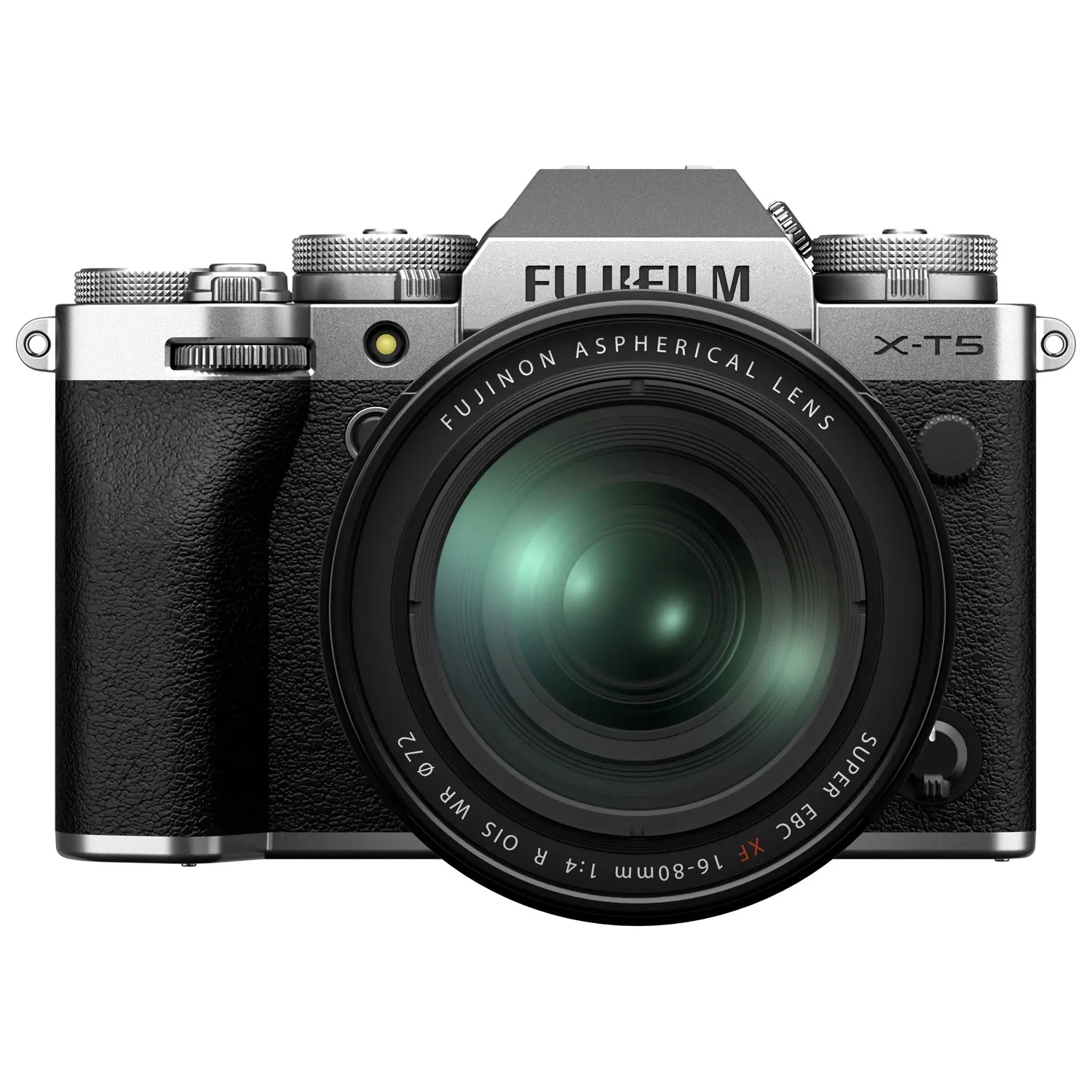
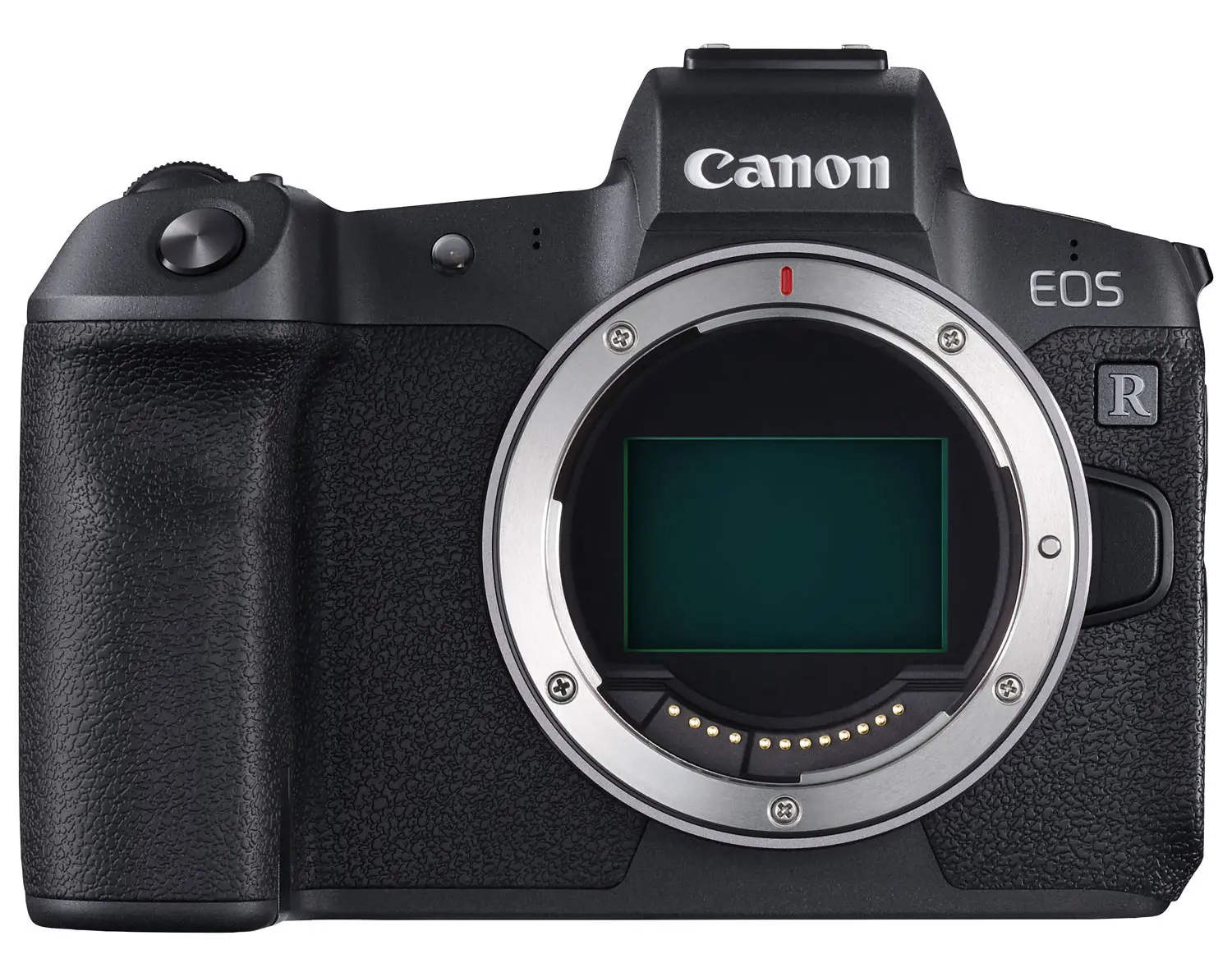
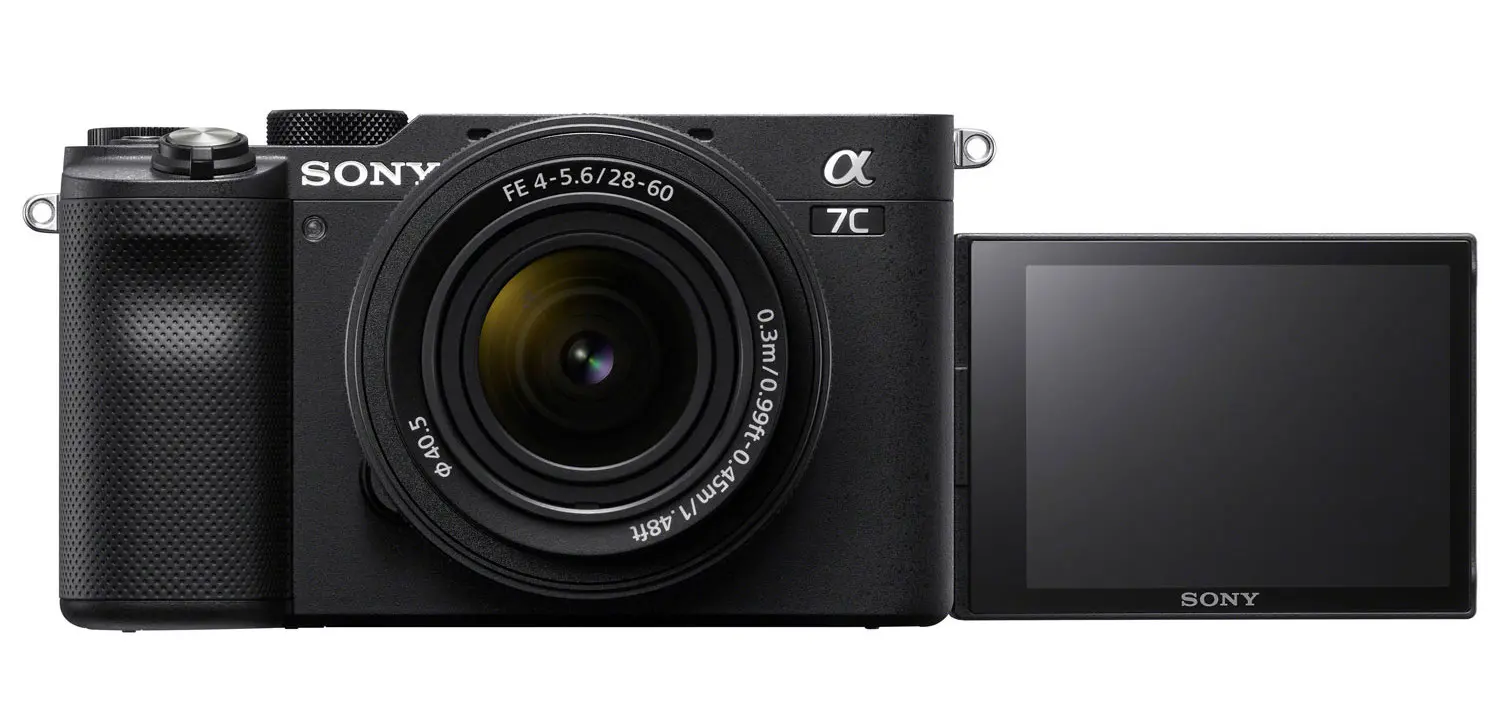
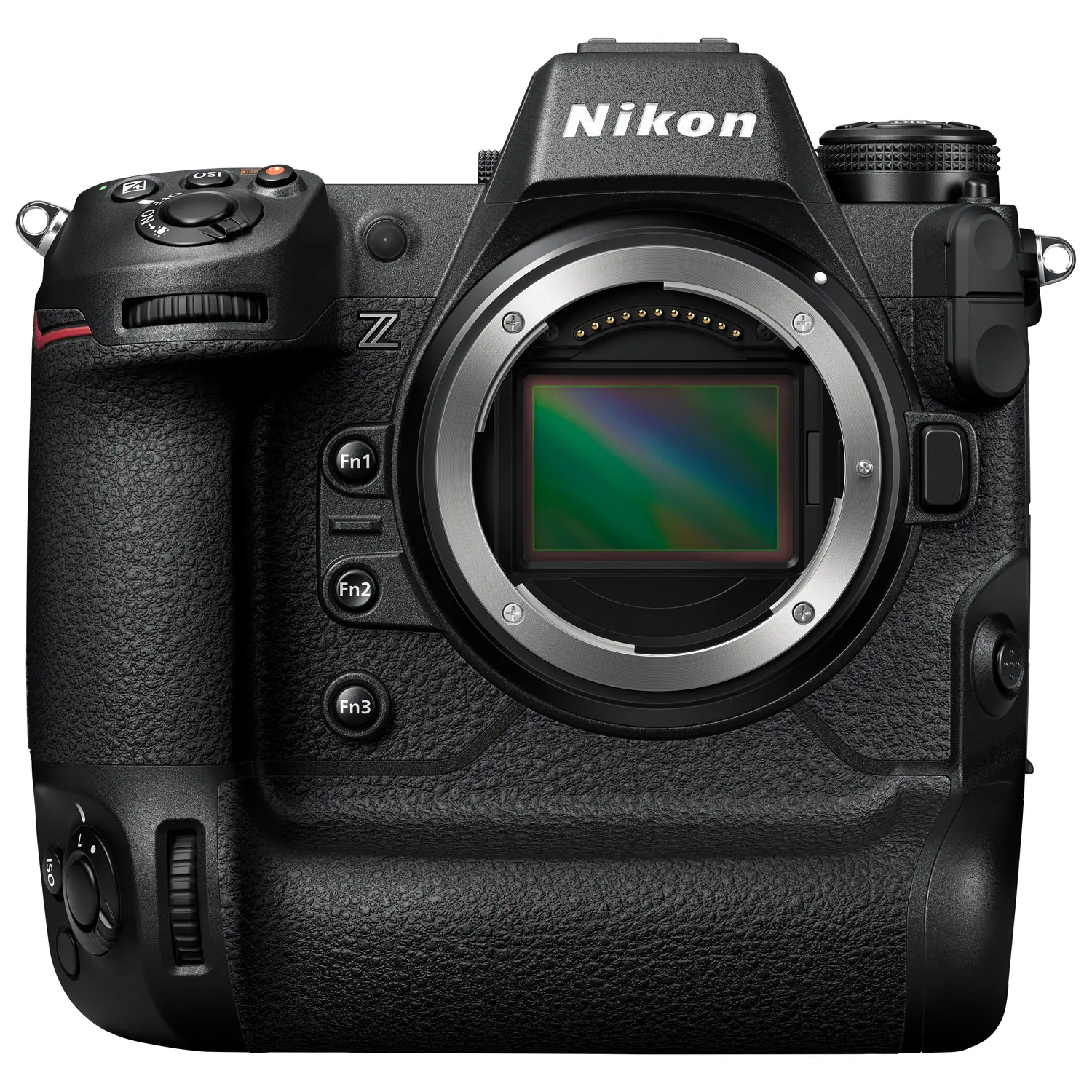
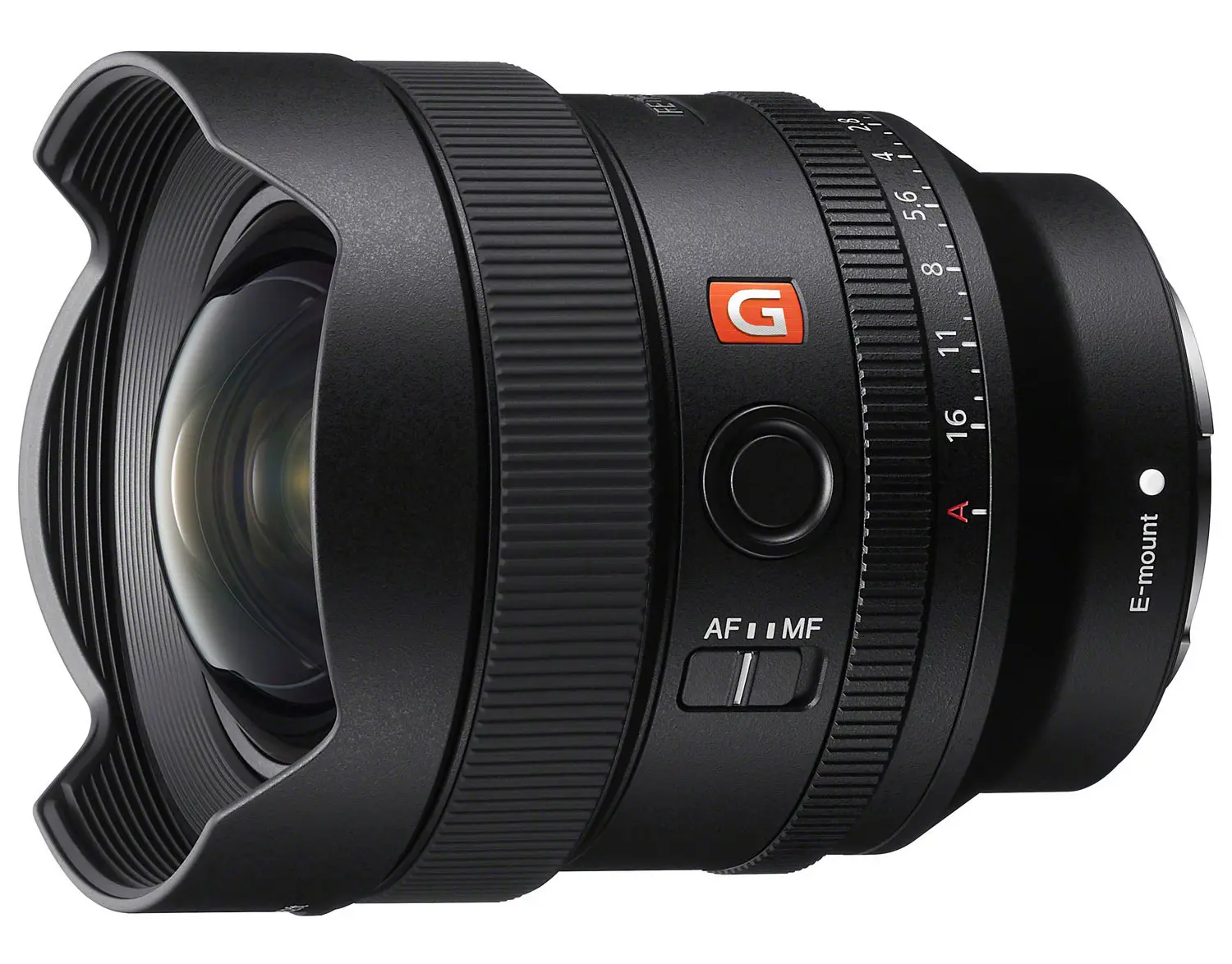
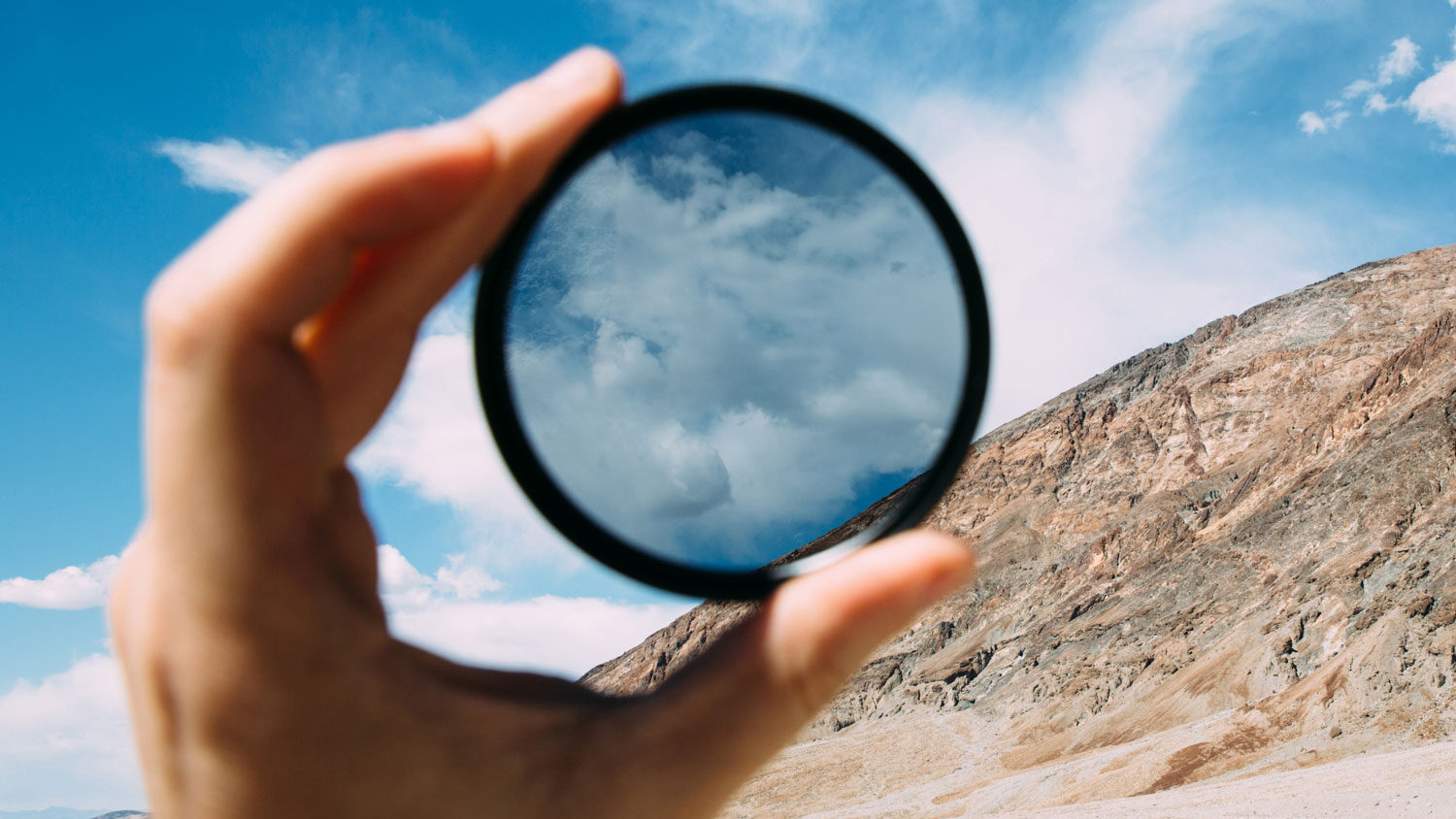


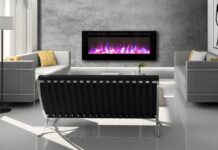



Good post on ca,era knowledge for a new learner
Comments are closed.